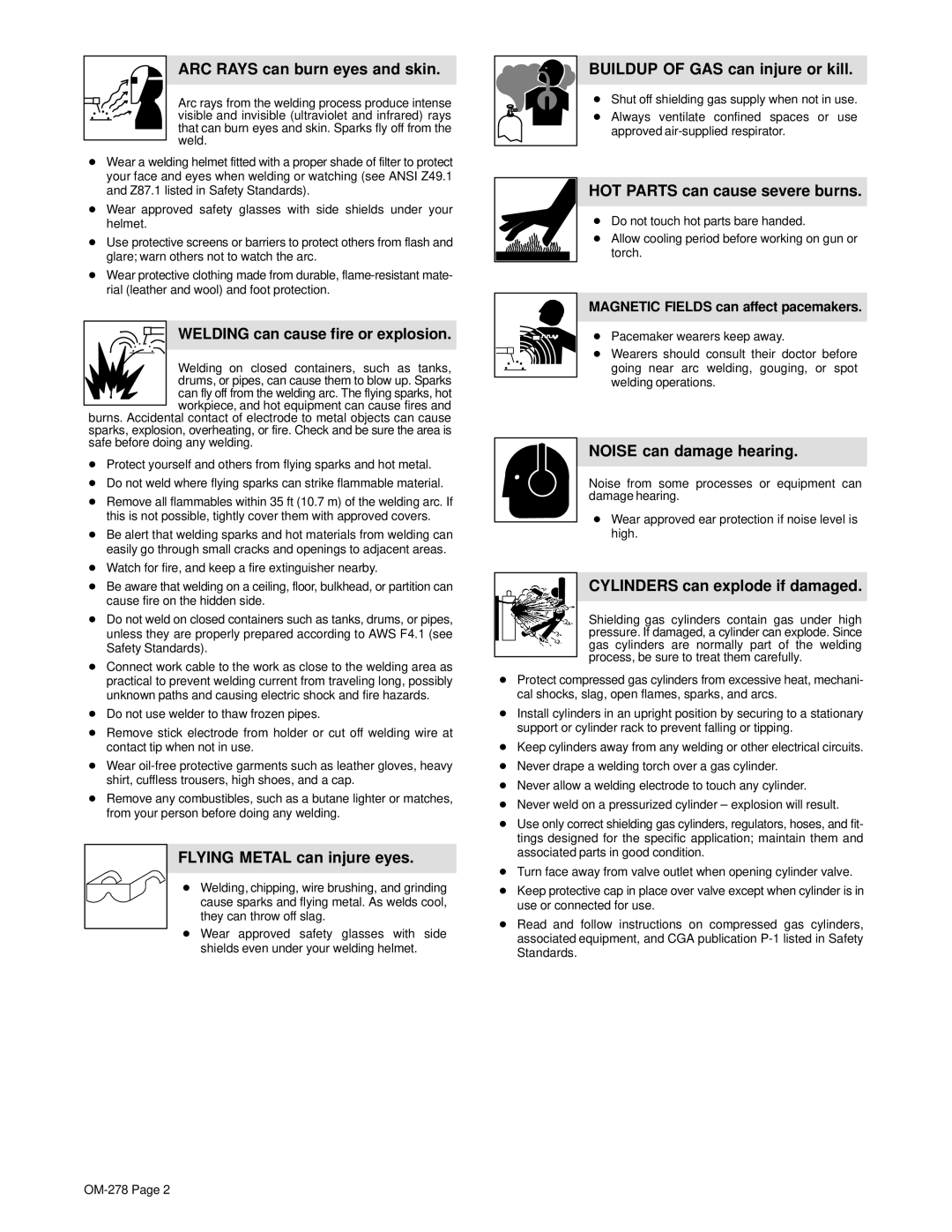652 specifications
Hobart 652 is a sophisticated piece of catering equipment designed to enhance food preparation and cooking efficiency in commercial kitchens. Known for its robust construction and user-friendly features, the Hobart 652 stands out as a versatile machine suitable for various food service environments, including restaurants, hotels, and catering companies.One of the main features of the Hobart 652 is its powerful mixing capabilities. Equipped with a heavy-duty motor, it can handle even the most challenging mixing tasks, from bread dough to cake batter. The machine offers multiple speed settings, allowing users to tailor the mixing process according to specific recipes and requirements. This flexibility ensures optimal results for various culinary applications.
The design of the Hobart 652 prioritizes ease of use and safety. The control panel is intuitively laid out, enabling operators to adjust settings quickly and efficiently. Additionally, the machine features safety interlocks that prevent operation when components are not securely in place, promoting a safer working environment. The durable construction, made from high-quality stainless steel, not only enhances longevity but also facilitates easy cleaning, meeting the stringent hygiene standards of commercial kitchens.
Another notable characteristic of the Hobart 652 is its versatility. It comes with a range of attachments that enable it to perform various tasks, such as slicing, shredding, and grating, thereby replacing multiple pieces of equipment. This multi-functionality can significantly save space and reduce costs for kitchen operators.
In terms of technology, the Hobart 652 incorporates advanced engineering that optimizes performance while minimizing energy consumption. This innovative approach aids in reducing operational costs, making it a preferred choice for eco-conscious businesses. The quiet operation of the machine also contributes to a more pleasant working atmosphere, enhancing overall staff efficiency.
Overall, the Hobart 652 is an integral asset for commercial kitchens, combining power, versatility, and advanced technology. Its numerous features and characteristics make it well-suited for professional chefs and kitchen staff, contributing to seamless food preparation and high-quality culinary output. As the demand for efficient kitchen equipment continues to grow, the Hobart 652 remains a reliable and effective solution for food service operations.

